In the Maldives, there’s a dragonfly that’s everywhere during certain times of the year. It’s called the wandering glider, but here, we know it as ‘dhon dhooni’ or ‘Munnyama’ in Noonu Lhohi. it’s the most common one you’ll see around. Let’s take a closer look at what makes this little flyer so special.
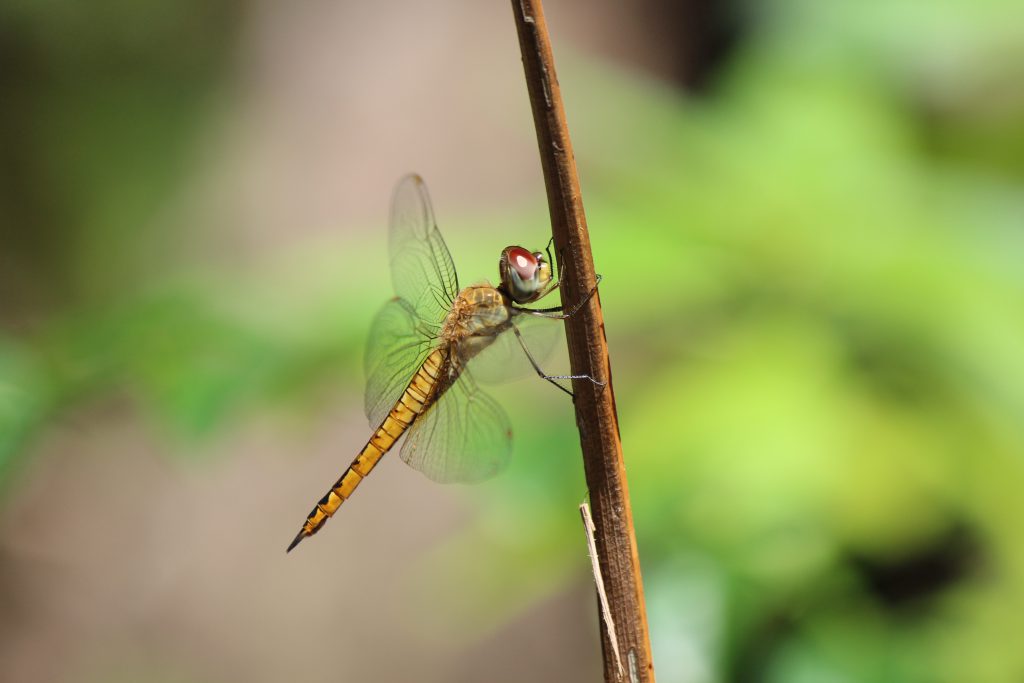
Taxonomy:
- Domain: Eukaryota
- Kingdom: Animalia
- Phylum: Arthropoda
- Class: Insecta
- Order: Odonata
- Infraorder: Anisoptera
- Family: Libellulidae
- Genus: Pantala
- Species: Pantala flavescens
Physical Characteristics: Picture a dragonfly with a vibrant yellow-orange body and striking red eyes. Its wings form an elongated triangle, extending halfway down the abdomen. Males often sport brown tips on their wings, while females have a duller, yellowish hue.
Habitat and Range: The wandering glider is a common sight during the dragonfly season in the Maldives. While prevalent in the Maldives, it is also migratory, traveling northwards during certain times.
Migration Marvel: These dragonflies embark on an extraordinary journey from India to Africa, passing through the Maldives. Spanning distances of 14,000-18,000 km, their migration showcases the wonders of nature’s resilience. Dr. Charles Anderson’s research since 1996 has shed light on their remarkable journey, adding depth to their story in the Maldives.
Lifecycle and Adaptations: After mating, female dragonflies lay clutches of eggs in temporary waters, which hatch into larvae within 38 to 65 days. These larvae, like all dragonflies, are predatory, feeding on aquatic invertebrates. Their adaptability to various habitats and high mobility make them challenging to study in detail.
Are Wandering Glider Breeding in the Maldives?
Yes, Wandering Gliders do breed in the Maldives’ ecosystem! I’ve personally witnessed both the nymphs and newborn Wandering Gliders in the same area. In fact, I’ve spotted dragonfly larvae or nymphs right in Male’ city.
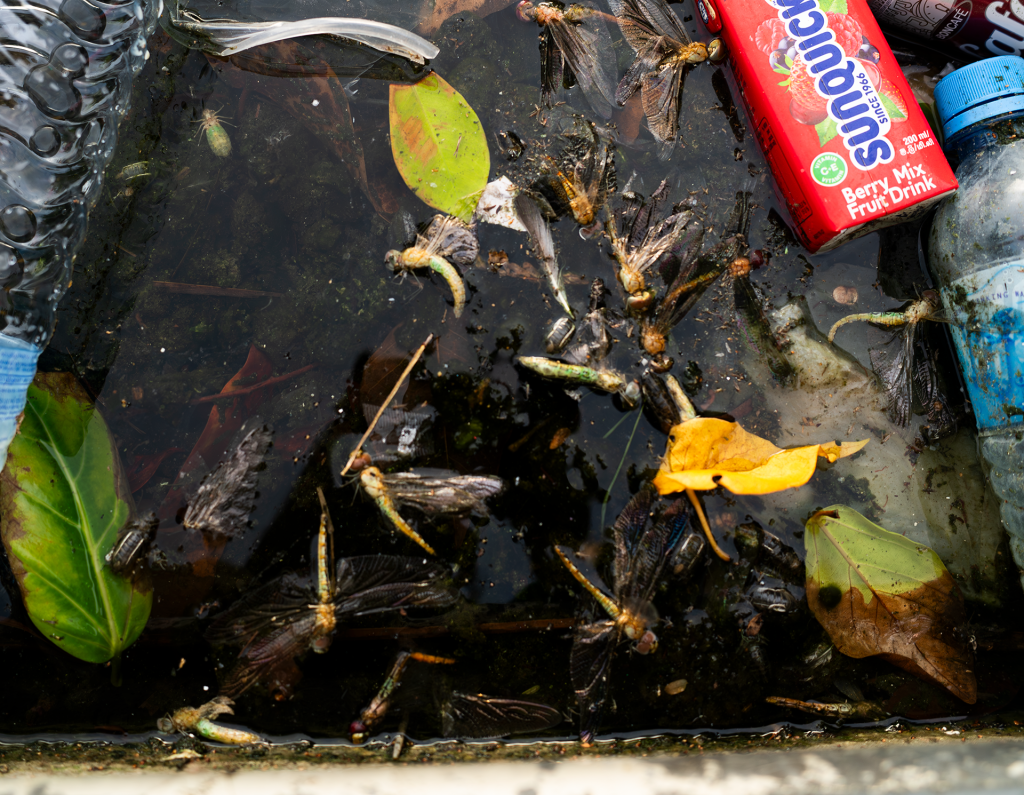
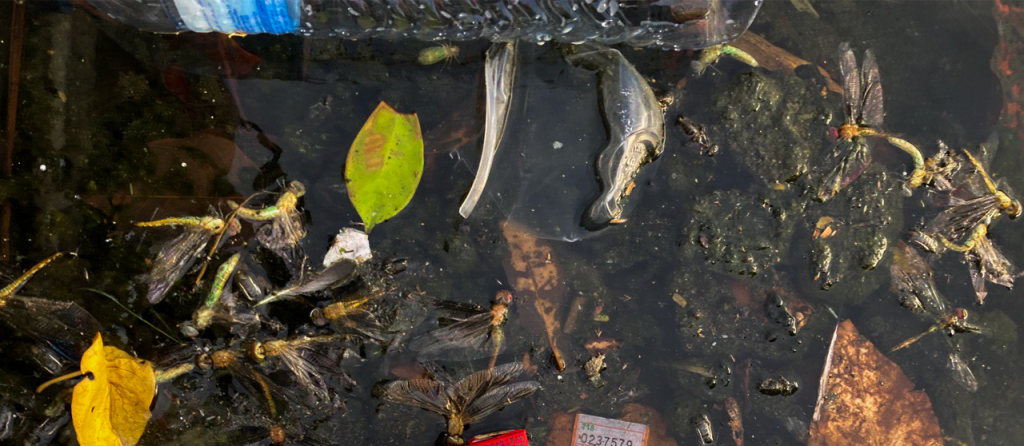
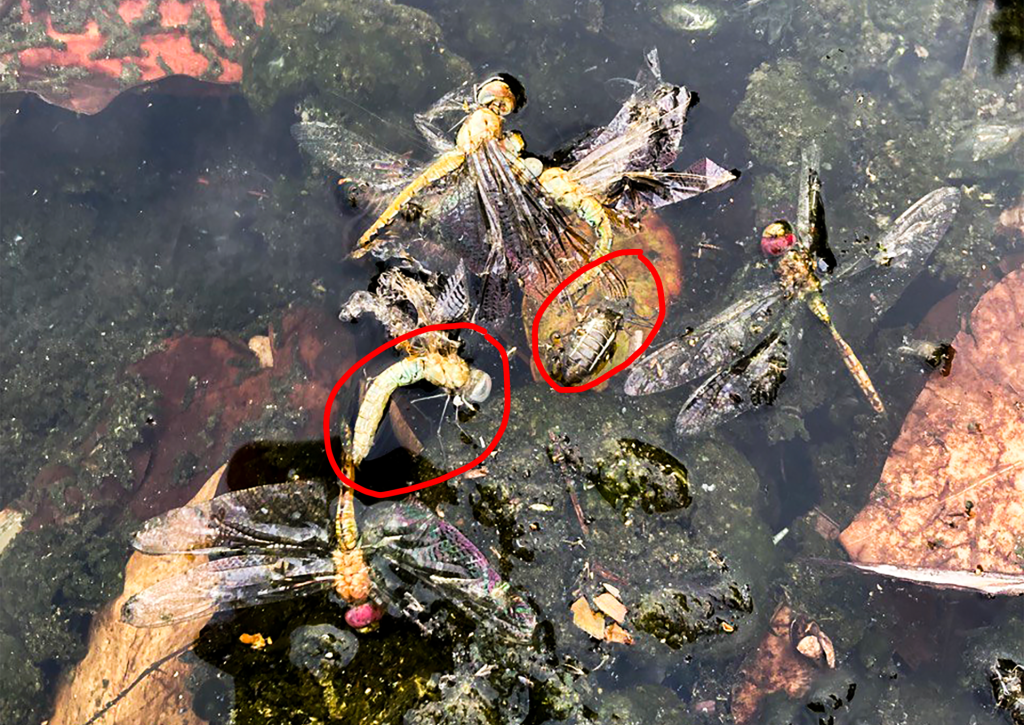
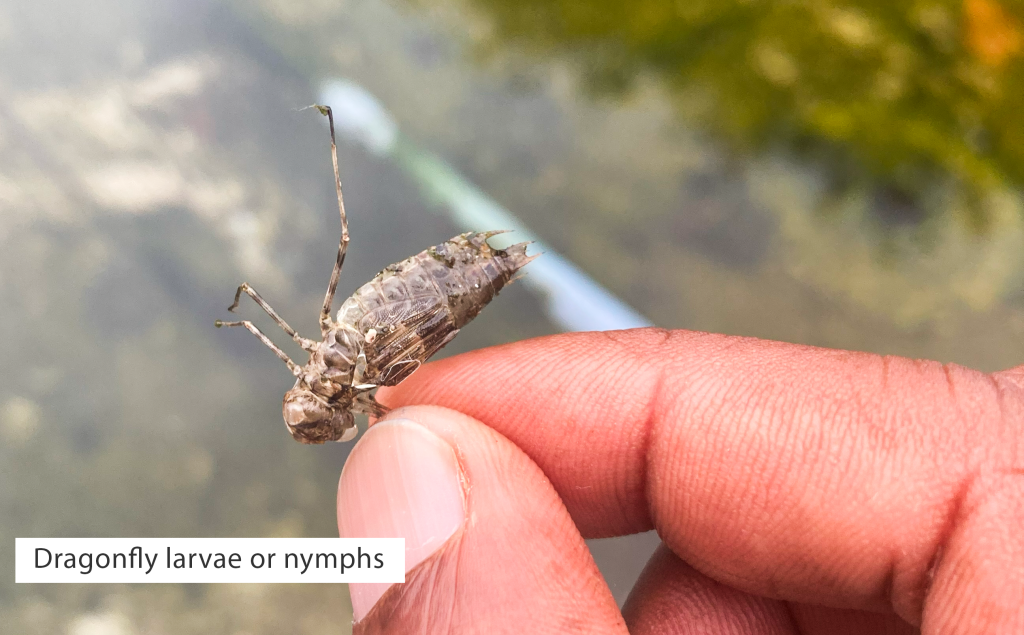

Conservation Status: While not currently endangered, the wandering glider faces threats from habitat loss and climate change. Conservation efforts are vital to safeguarding their habitats and preserving their migratory patterns for future generations.
Common Names and Scientific Name: Known by various names across cultures, the wandering glider’s scientific name, Pantala flavescens, reflects its distinctive yellowish tint and expansive wings.


